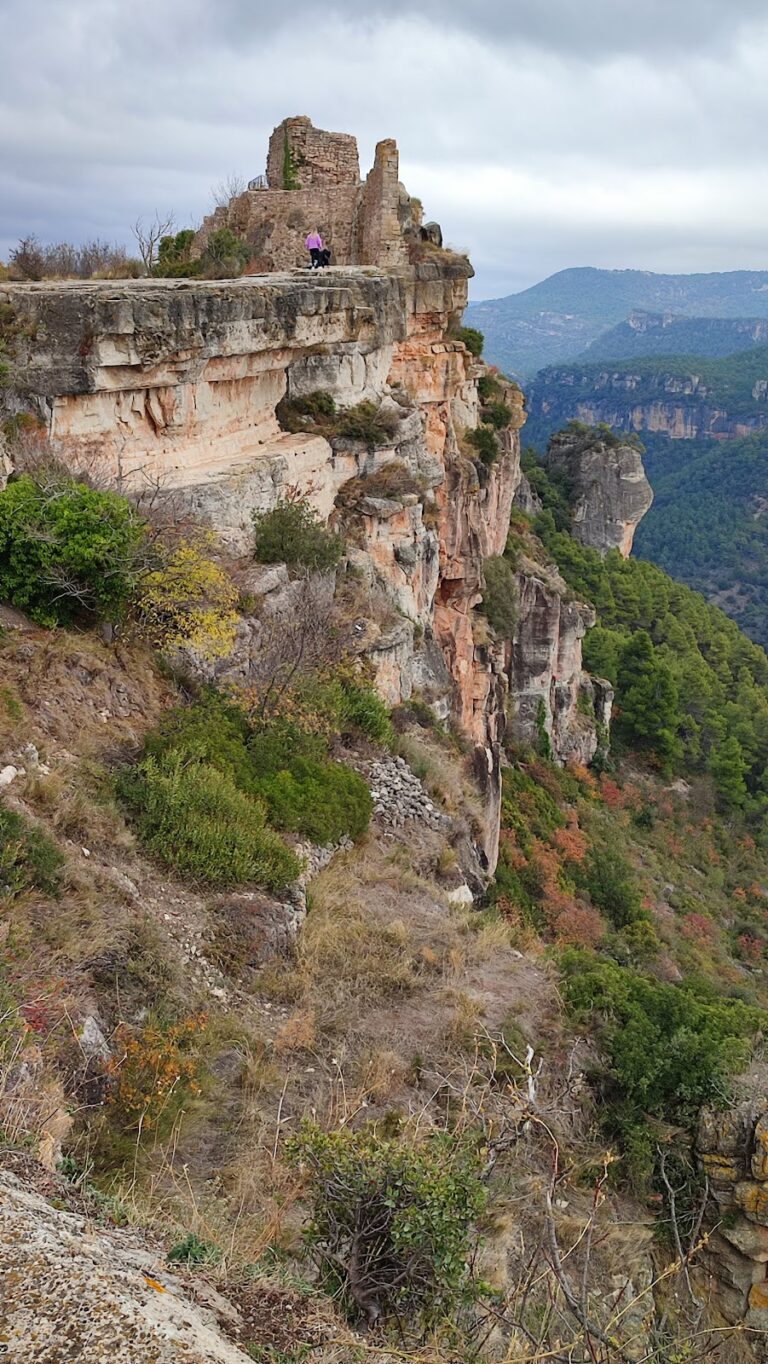Castell de Milmanda: A Historic Castle-Palace in Vimbodí i Poblet, Spain
Visitor Information
Google Rating: 4.1
Popularity: Low
Google Maps: View on Google Maps
Official Website: www.torres.es
Country: Spain
Civilization: Medieval European
Remains: Military
History
Castell de Milmanda stands in the municipality of Vimbodí i Poblet, Spain, on land once inhabited by ancient Iberian, Greco-Phoenician, and Roman communities. Although its exact original builders are not specified, the castle-palace occupies a location with deep historical layers dating back to these early civilizations.
The first written record of Castell de Milmanda appears in the mid-12th century, around 1148 or 1149. At this time, Guerau de Granyena and his wife Sança granted the castle along with surrounding lands to Arnau de Montpaó and his wife Lloreta. This transfer included the privilege to settle and develop the area, highlighting early efforts to establish a stable population after the region’s reconquest.
Ownership shifted in 1163 when the monks of the nearby Santa Maria de Poblet monastery took possession. They began managing the property as a farmstead, with documentation confirming such use by 1172. This ecclesiastical control received royal endorsement in 1272 from King James I, reaffirming the monastery’s rights over the estate.
Throughout the 14th century, the abbots of Poblet ordered several renovations. Between 1316 and 1348, under Abbot Ponç de Copons, significant construction work included building a defensive tower at the castle’s entrance, reflecting its medieval role beyond mere residence. The castle saw another key phase of rebuilding during the 16th century, from 1564 to 1583, although precise details of these changes are scarce.
In the early 1600s, Abbot Felip Genovès transformed the castle into a more comfortable residence by adding a chapel, large halls, and an arcaded gallery. These modifications shifted the site’s character away from fortification toward a domestic manor aligned with monastic administrative needs.
After the 19th-century ecclesiastical confiscations known as desamortización, the property was abandoned and fell into ruin over subsequent decades. In the 20th century, the Torres wine company acquired the estate and its lands, undertaking restoration efforts and establishing vineyards for white wine production, tying the historic site to modern agricultural use.
Remains
Castell de Milmanda is set on a flat terrain between Vimbodí and L’Espluga de Francolí, near the Francolí river. The castle’s layout reflects its dual function as a fortified residence rather than a military stronghold. Its structure incorporates several layers of construction spanning centuries.
The most prominent medieval feature is the defensive tower located at the castle’s main entrance. Built between 1316 and 1348 during Abbot Ponç de Copons’ tenure, this tower served as a protective gateway, constructed using local masonry techniques typical of the period. Its survival offers direct evidence of the castle’s role in controlling access despite its primarily residential purpose.
Early 17th-century alterations introduced substantial residential elements, including a chapel used for religious functions within the manor, spacious rooms designed for comfort, and an arcaded gallery characterized by a series of arches. These features indicate a clear shift from military defense to domestic and ceremonial use, consistent with the castle’s transformation under Abbot Felip Genovès.
Several phases of expansion and rebuilding occurred notably in the 14th and 16th centuries, seen in varying masonry styles and construction methods, although detailed plans of the layout have not been documented. The current condition of the castle benefits from 20th-century restoration, particularly by the Torres company, which maintained the structure while cultivating vineyards on the surrounding lands. These vineyards link the site’s long history with ongoing agricultural practices tied to the region’s tradition of white wine production.
Recognized as a cultural heritage monument, Castell de Milmanda remains a standing testament to the evolving uses and stewardship of this property from medieval religious ownership to modern viticulture.










